The cool, crisp breeze, a golden leaf fluttering to the ground, and wood smoke wafting through the air are all signs of one thing — fall is here.
In addition to pumpkin-flavored coffee and sweater weather, white fluffy flakes will start falling from the sky before you can say “snowshoes.” That’s right, get excited because winter is mere days away, and snowshoe season is almost upon us.
Since fall is still in full leaf-peep mode, now is the time to lace up those hiking boots and hit the path to scout trails before they are covered in a thick blanket of powder. Plus, it is just a great time of year to see some fall colors and get in shape for snowshoeing!
Many trails lead to a destination that is even more spectacular in the winter, such as a frozen lake or powder-filled meadow. However, routes can get more confusing in the winter compared to the summer, as the snow can make it easy to stray off the path. But, by hiking and scouting trails in the fall and familiarizing yourself with an area now, you are more likely to recognize key landmarks in the winter, such as mountains, ridge lines, and unique trees.
However, if you do veer off of the path, make sure you don’t get lost because spending a night out in the frozen landscape could be deadly.
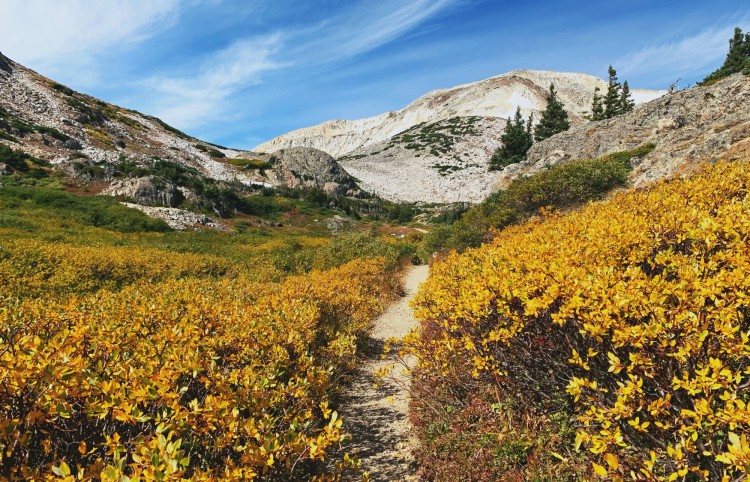
A singletrack trail in the Rocky Mountains flanked by fall colors will soon be covered by snow. Make the most of this fall and scout them out now to stay safe this winter. Photo: David Young
Scout Trails To Get Your Bearings
To increase safety on the trail in winter, take a weekend or two this fall and peel yourself away from watching sports on the couch to head up to the trailhead and take a leisurely hike.
While there may be tree markers on some trails in the winter, not all have them. Plus, it can get confusing trying to stay on a trail when multiple snowshoe prints are going in various directions. Getting off track is easy to do, even with maps and GPS devices, and losing your bearings can be dangerous at times. A night out in freezing temperatures in January can mean frostbite and hypothermia, if not worse.
If your destination is a high alpine lake or mountain top this winter to get that perfect snowscape photo for Instagram, it would be a shame to spend all day snowshoeing, only to discover you are miles from your objective.
But, by walking trails this fall, you will get a clear look at where the trail goes and what twists and turns to expect. You’ll also know what landmarks to keep an eye out for when snowshoeing.
Read More: Compass and Map Reading 101
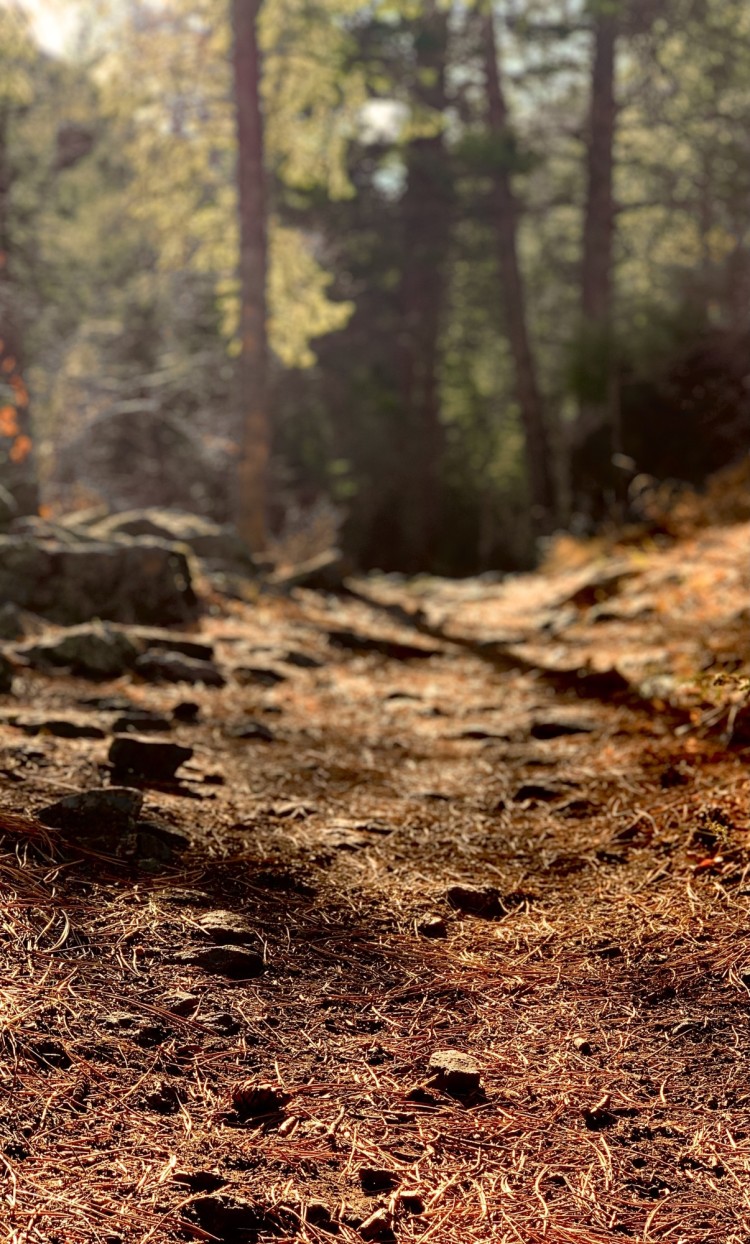
Trails like this one, covered in pine and golden leaves right now, are prime for checking out now before they are erased by the snow this winter. Photo: David Young
What To Look for on the Trail
The primary key here is to look up. Even in the fall, it is easy to put your head down while on the trail and push ahead while hiking without paying attention. A forest can all look the same to an undiscerning eye.
However, by walking with some intention, it is possible to pick up on the nuances of the landscape. Keep in mind that a lot of what you are seeing will be buried in snow in the coming months.
Prominent Landmarks
With that in mind, look to prominent landmarks or things on the horizon that may stand out. For instance, if the trail suddenly cuts south and ascends, stop and look around. What do you see? Are there any unique trees that stand out or large rocks that could be used as trail markers?
Ridge Lines
Look up at ridge lines and the surrounding mountains or hillsides to see where they are in relation to the trail. What about the landscape stands out to you?
Navigation Reminders
You can even take photos or jot down notes as a simple reminder of how the trail unfolds. One of the best things to do is carry a physical map and compass and know how to read it. Navigation can be the key to unlocking a landscape when things start to get confusing.
The more times you hike a trail, the more familiar you will be with it. Thus, you’re able to hike it in the winter without worry.
Read More: Top 5 Safety Tips for Snowshoeing
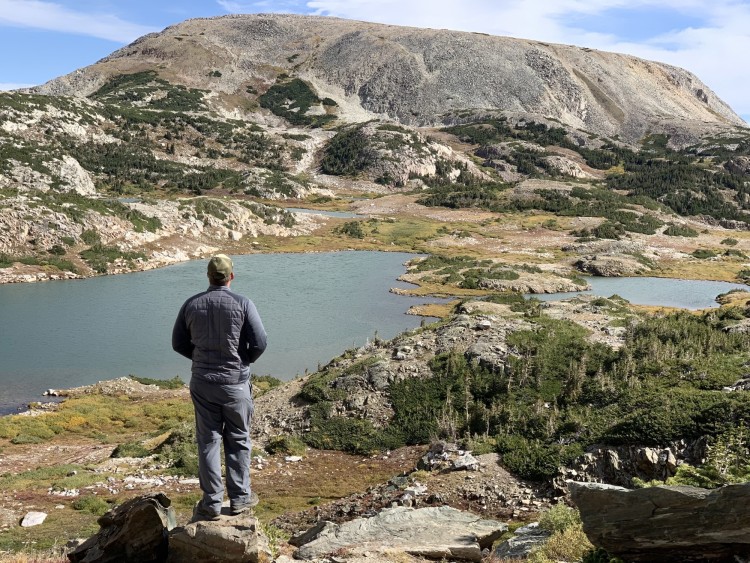
The author surveys snowshoe lines in the Snowy Mountains in Wyoming. Soon, the snow will start flying and turn the entire scene bright white. Photo: David Young
Fall Colors, Fitness Bonus
At the very least, scouting trails this fall will get those legs and lungs in better shape come snowshoe season. While your legs are getting a great workout, your eyes are treated to a foliage feast as colors on the trees change from green to yellow to gold.
If you are in certain areas, such as Vermont or the Rockies, a hike every weekend or so on a new trail will yield a new crop of fall colors as the leaves deepen their fall hue.
For extra credit, throw on a backpack and add a little weight to it. Again, this will start to push those quads to the max. Mix in a bit of elevation, and you have a winning recipe that means you are in your mid-season form once the snow starts to fall.
This article was first published on October 16, 2021, and most recently updated on September 7, 2023.
Read Next: Top 10 Snowshoe Tips for First Timers


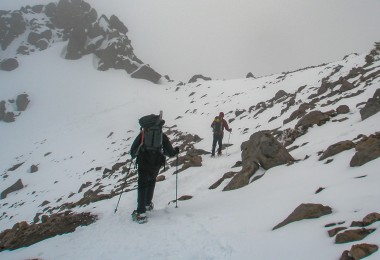
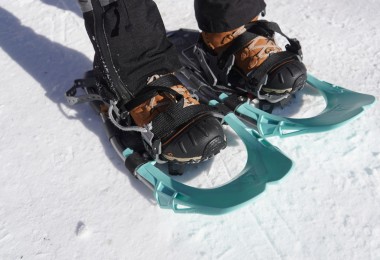
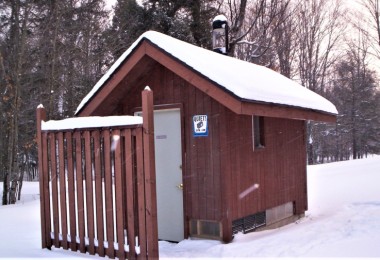
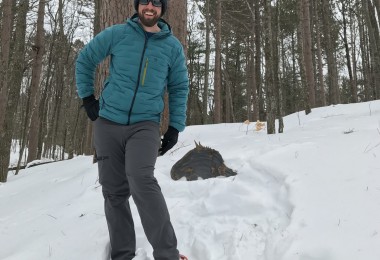

Leave a Comment